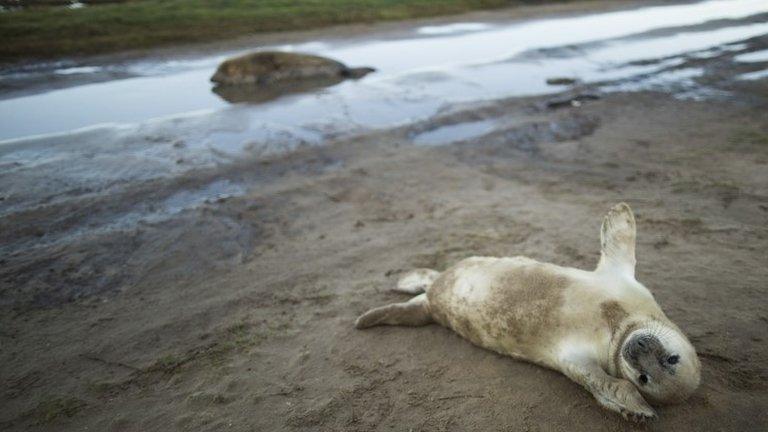Rutland Water tops Countryfile best nature reserves list
- Published
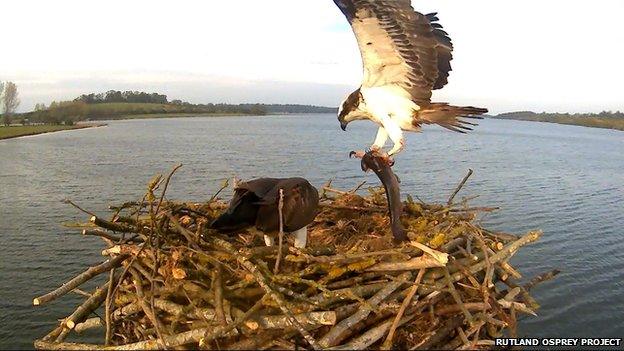
Rutland Water is home to the first breeding ospreys in England for 150 years
Rutland Water has topped a Countryfile Magazine list of the 15 best nature reserves in Britain.
The reserve, which was created in the 1970s, is home to the first breeding ospreys in England for 150 years.
Reserve manager Tim Appleton said the 25,000 birds that regularly make the reserve home help it to stand out,
Also making the list, external were Minsmere, in Suffolk, where BBC Springwatch is being broadcast, Insh Marshes in the Scottish Highlands and Skomer in Pembrokeshire.
Reserve manager Mr Appleton started work on creating the nature reserve in 1975, before the water arrived to fill the man-made reservoir - one of Europe's largest man-made lakes.
"It quickly became a Site of Special Scientific Interest and a special protection area under European legislation," he said.
"It's now internationally important for birds like the gadwall and shovelers."
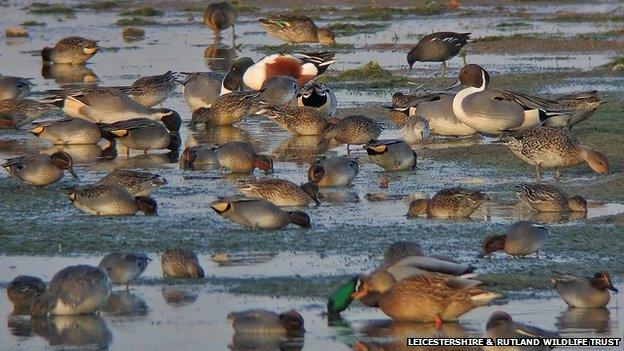
As many as 25,000 waterfowl can be seen at Rutland Water nature reserve
But it is the ospreys, which successfully bred in 2001, that have seen the popularity of the reserve soar.
On the day the first chick hatched this year, there were 11,500 hits on the Rutland Osprey Projects live webcam, external from all over the world, Mr Appleton said.
"The internet has really brought Rutland Water wider attention," he added.
"We encourage people to come - the old days of nature reserves being shut off to the public are long gone."
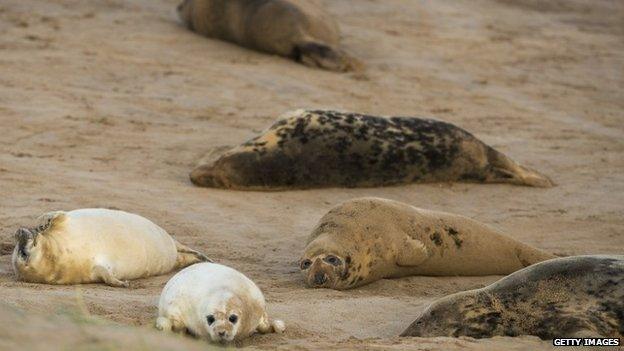
Donna Nook on the Lincolnshire coast is an important seal colony
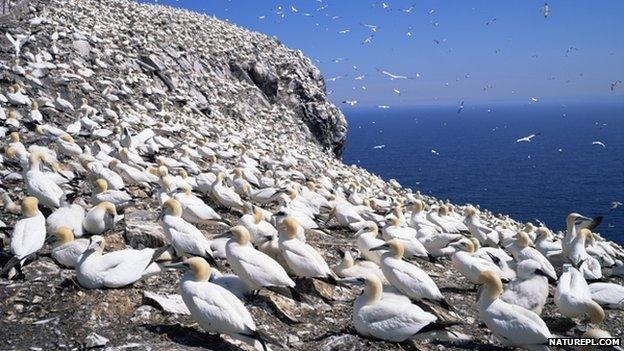
Bass Rock is the world's largest gannet colony
The Countryfile list includes reserves that see spectacular gatherings of animals, such as Donna Nook in Lincolnshire.
The coastal reserve sees upwards of 1,500 grey seals arrive each Autumn to breed.
The incredible sight of thousands of gannets at Bass Rock in the Firth of Forth is one of the greatest wildlife spectacles in the country.
After a count earlier this year, it is now considered the world's largest colony of gannets.
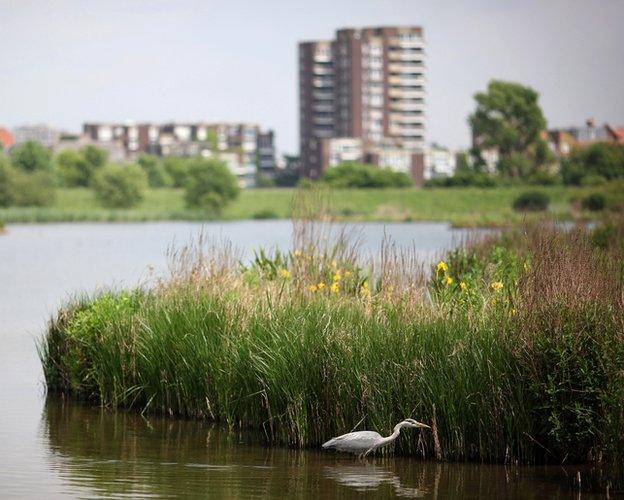
The London Wetlands Centre is easily accessible to millions of Londoners
A couple of reserves offering easy access from cities have made the list, including the London Wetland Centre near Hammersmith.
The reserve, which opened in in 2000, covers more than 100 acres of wetlands in the heart of the city, easily accessible to millions of people and home to hundreds of bird species and an important water vole colony.
Attenborough Nature Reserve, just a few miles outside Nottingham, was established in the 1960s from former gravel pits.
Since establishing a visitor centre in 2005 it has attracted more than 2.2 million wildlife lovers.
Projects at the reserve have included an innovative sand martin hide which has attracted 10 eggs, 35 chicks and 30 new nests in the last week, according to staff.
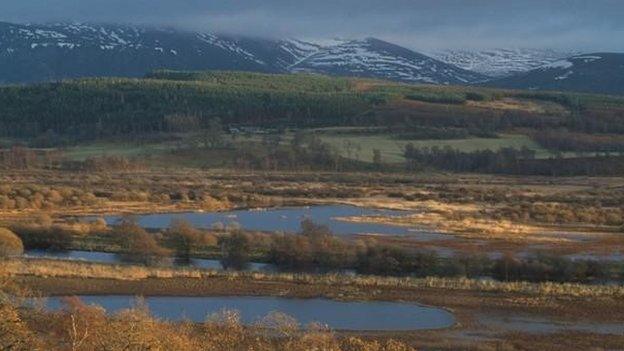
Insh Marshes in the Highlands was the highest placing Scottish reserve on the Countryfile list
Other English sites making the list include Pensthorpe in Norfolk, Chapmans Well in Durham, Woodwalton Fen in Cambridgeshire, RSPB Minsmere in Suffolk, Martin Down in Wiltshire and Woolston Eyes in Warrington.
In Scotland, Insh Marshes, Loch Garten in Abernethy and Inversnaid in Stirling feature on the list. And Skomer in Pembrokeshire is the Welsh winner.
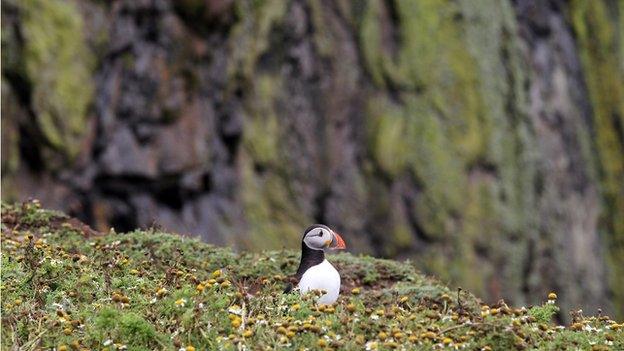
Skomer Island is famous for its puffins
- Published29 November 2014
